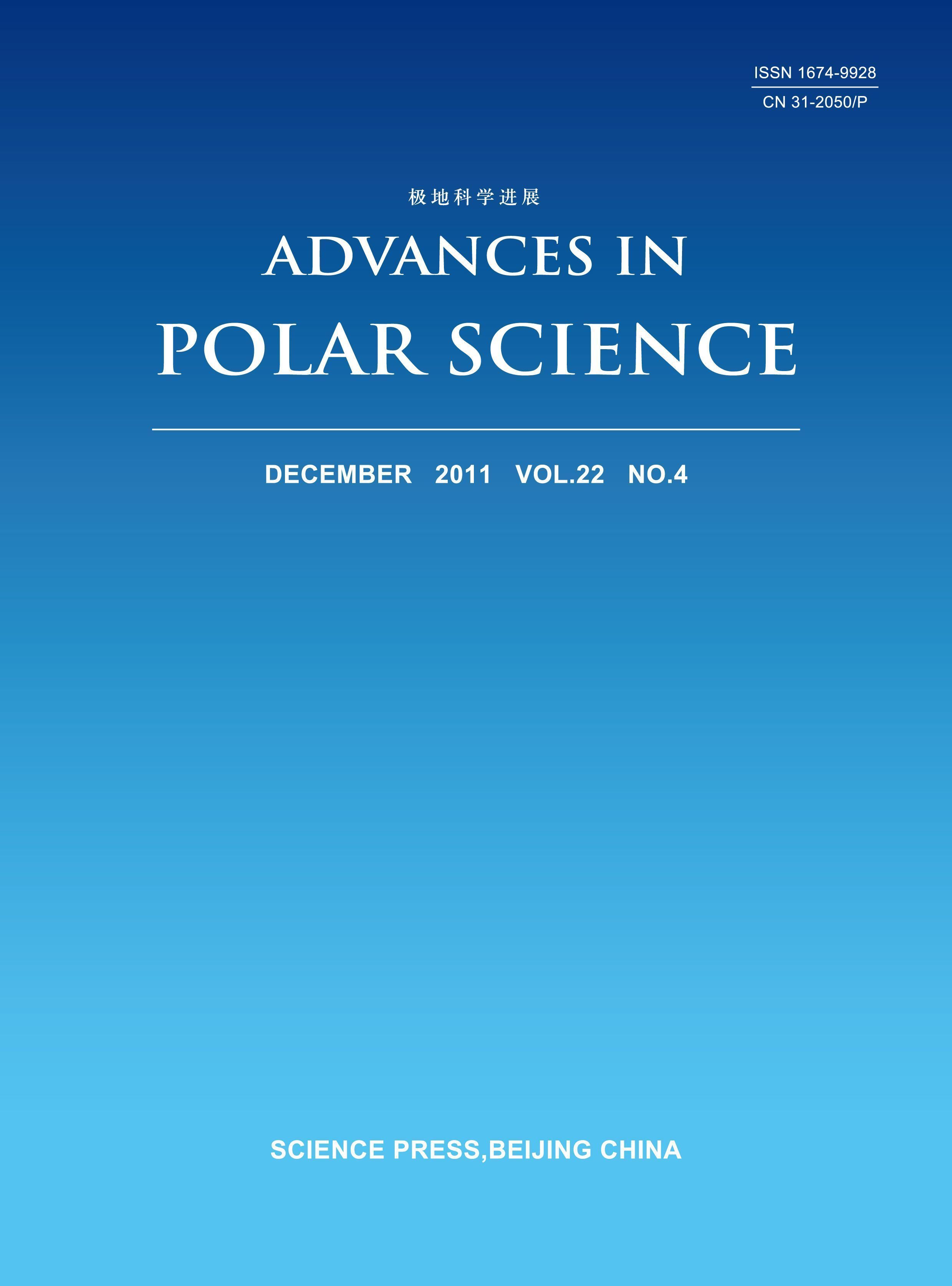CTD data during 1993-2010 are used to study the water temperature in upper Canada Basin. There are four kinds of water temperature structures: the remains of winter convective mixed layer, the near-surface temperature maximum (NSTM), the wind-driven mixed layer, and the advected water under sea ice. Mainly, NSTM appears inside the conductive mixed layer formed in wintertime. Solar heating and surface cooling are two basic factors to form the NSTM. The NSTM can also appear in undisturbed open water so long as the surface cooling still exists. the water in open water could advect beneath the sea ice. The overlying sea ice provides surface cooling to the advected water, and a temperature maximum will appear similar with the NSTM. The NSTM occurred mostly within the depth range of 10-30 m because of their deepening and enhancing during summer, and with the highest frequency at 20 m. Two obvious stages of interannual variation are identified by this study. Before 2003, most NSTMs were observed in marginal ice zones and open waters, so the temperature maxima were usually higher than 0oC. After 2004, most NSTMs occurred in ice-covered areas with much lower temperature maxima The average depths of most years' are at about 20m, only it is about 16m in 2007, being related to the extreme minimum of ice cover, The averaged temperature are around -0.8°C to -1.1°C, but increased to -0.5°C or so in 2004, 2007 and 2009, corresponding to the light sea ice condition. As a no-ice summer Arctic is expected, the NSTM will be warming with sea ice decline. Most energy absorbed by seawater has been transported to sea ice and atmosphere. The heat in NSTM is only the remains of the total absorption and the energy stored in NSTM is not considerable. But the NSTM is an important signal showing the increasing absorption of solar energy in seawater.

